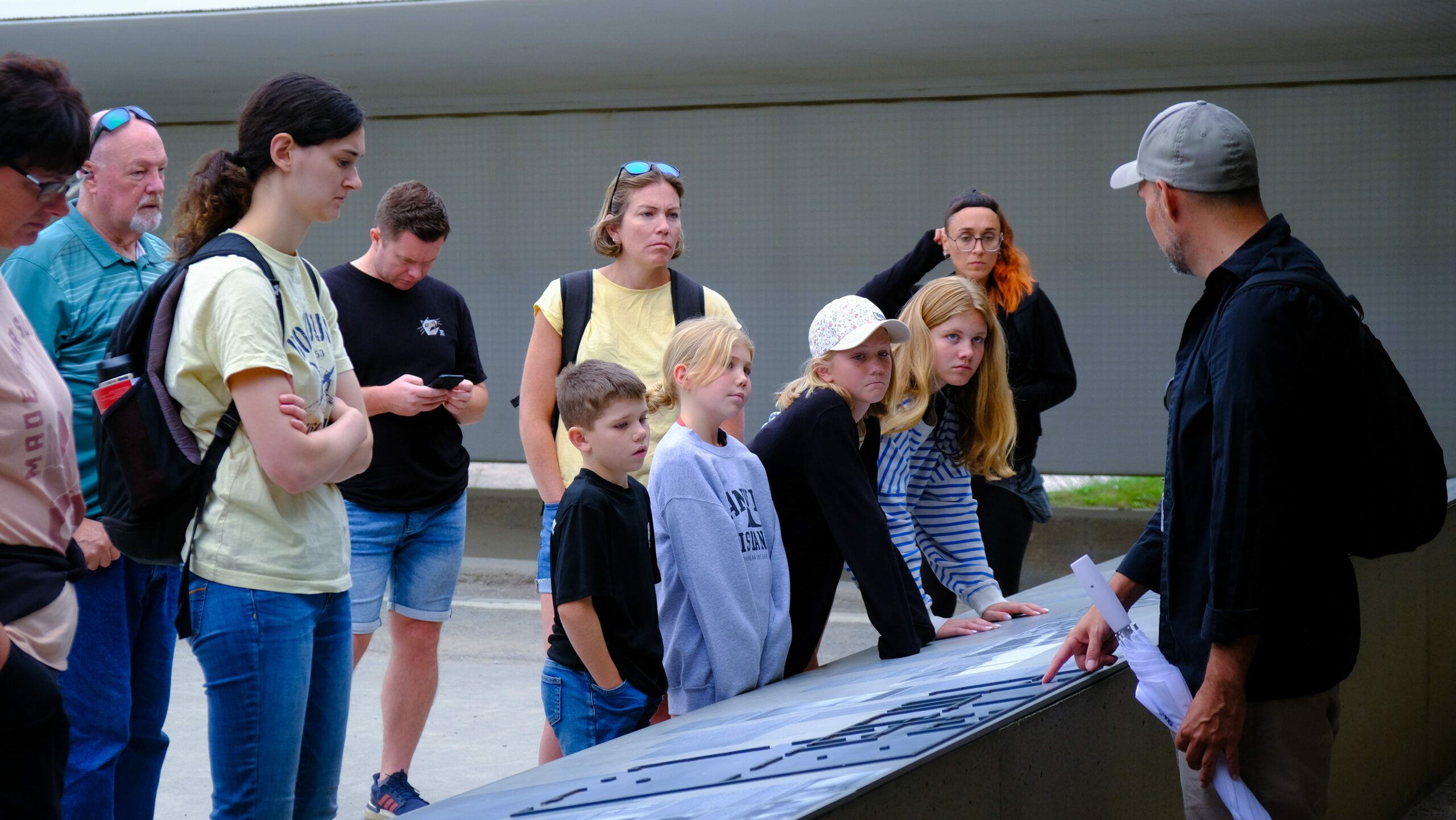The Berlin Wall
Another many well-known landmark in Berlin is the Berlin Wall. Built in 1961, the wall cut the city in two
into East and West Berlin during the Cold War. It was a separate physical, ideological barrier, separating
families and friends for almost three decades. In recent years there are few places in town that sections of the Berlin Wall
remain as a memorial, as the East Side Gallery does in which colorful murals were painted on a remaining
stretch of the wall.
Brandenburg Gate
The Brandenburg Gate is a neoclassical structure which has become synonymous with Berlin and reunified Germany.
Built in the late 18th century it was a grand entrance to the city. Today it is a mighty
symbol of peace and unity. The gate is sometimes a point of celebration and event in a city, including the
famous New Year’s Eve celebration.
Reichstag Building
The center is located at the heart of the German parliament, the Reichstag Building. It is an ancient city with a rich history and is an important political
landmark in Berlin. The building has been renovated on a large scale in the 1990s, at the top there was a steel dome.
Visitors can ascend to the top of the dome, which has splendid views of the city and also is a potent
reminder of Germany’s history and democratic values.
Museum Island
Museum Island is a UNESCO World Heritage site and is the location of several major museums. Located on the Spree River,
it is a museum of art and history. Notable museums within island include Pergamon Museum, which
houses ancient artifacts from around the world, and the Altes Museum, which showcases classical Greek and Roman art.
A tour of Museum Island is a rare chance to discover what culture and creativity can provide since the past centuries.
heritage.
Siegessäule (Victory Column)
The Victory Column is the other notable landmark in Berlin. Built in the Tiergarten park, it was erected to
dedicate to fights that took part within the wars of the 19th Prussia century. It is open to the public for visitors to go up the top of the column for
panoramic views of the city. Victory Column has also won an international profile when it was dateline in the
film of “Wings of Desire” directed by the acclaimed director Wim Wenders.
Checkpoint Charlie
Checkpoint Charlie was the most popular Berlin border crossing point between East and West during the Cold War.
It is nowadays a place of tourist interest and a symbol of the divided city. Visitors can explore the Checkpoint
Charlie Museum to discover about the history of the Berlin Wall and the efforts that people had to get through the wall.
Standing at this famous position the individual can think concerning the hardships and the accomplishments of the individuals for the time period
tumultuous time.
Conclusion
Berlin is a city steeped in history and famed spots are exactly what you need to feel in the past and the way this city has grown dramatically.
events that have shaped it. From the remnants of the Berlin Wall to the grandeur of the Brandenburg Gate, each
landmark takes a story and gives a special look at the complex history of Berlin. Exploring these landmarks
not only lets us observe some architectural feats but also makes us think about the successes and the obstacles
confronted by the inhabitants of Berlin throughout the year.
Table of Contents

